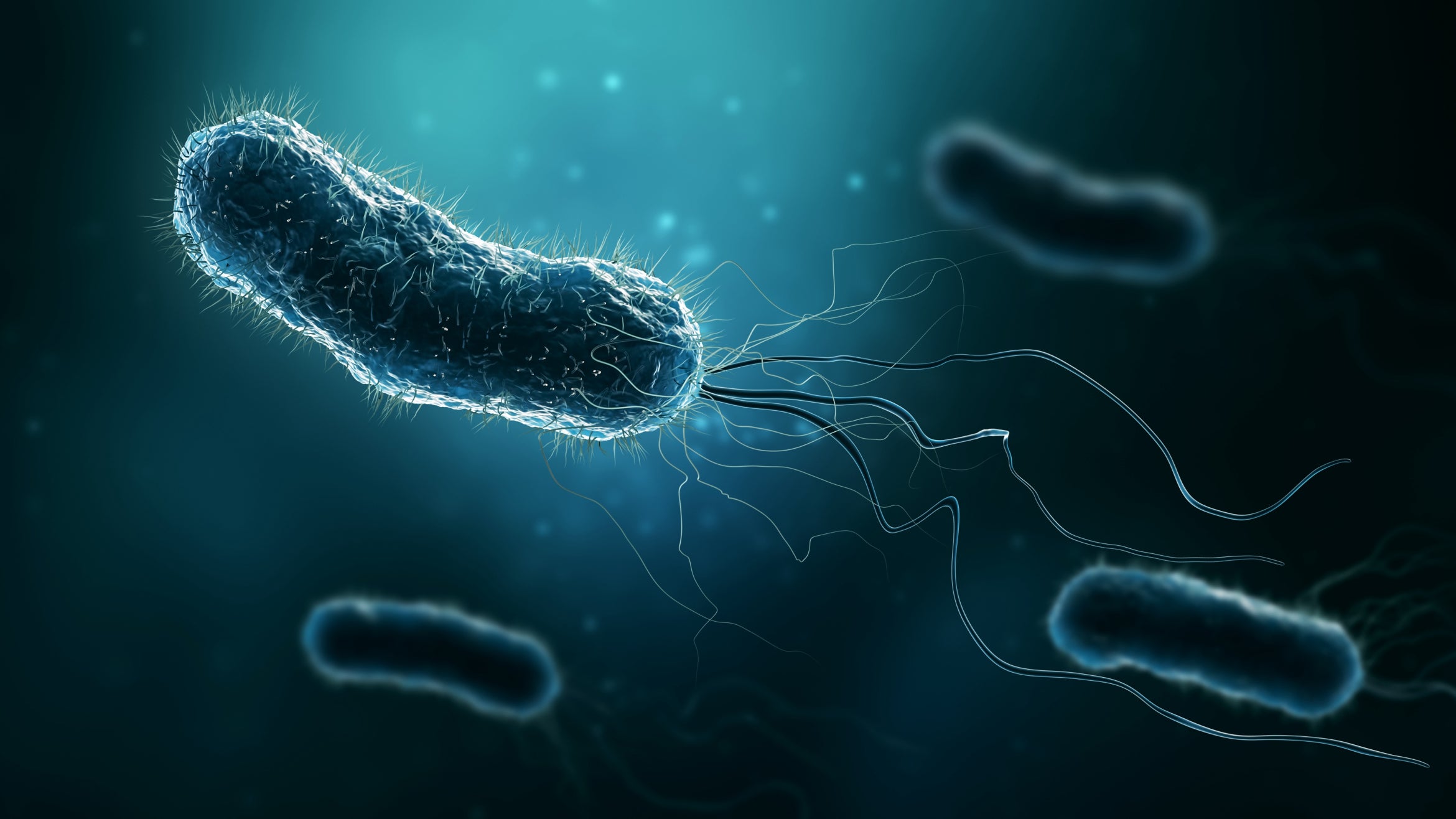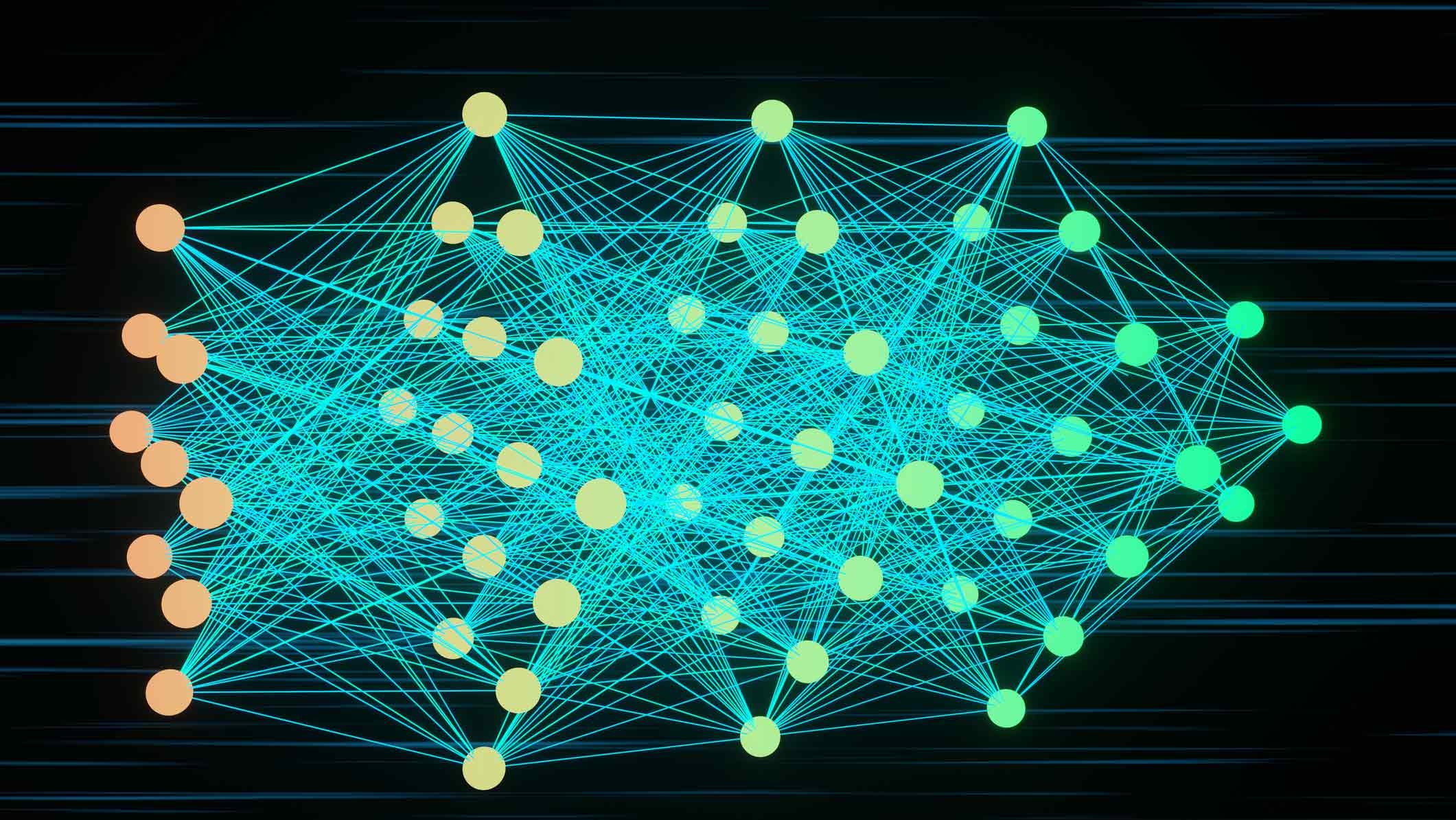The beauty of thinking differently, reflected in art

Aiming to uplift neurodivergent artists and members of the greater Santa Barbara community who identify with ADHD, autism, dyslexia, epilepsy, hyperlexia, dyscalculia, dyspraxia, OCD, Tourette syndrome and more, the UC Santa Barbara Koegel Autism Center’s Creative Club and Community groups will hold the third annual neurodivergent-curated art show, “Unmasking Through Art,” on Thursday, Dec. 7, from 5:30–8 p.m., at the center. The event is free and open to the public.
The center’s Creative Club is a community of neurodivergent adults and allies that meets once a week to share experiences, inspiration and time with one another. Sociologist Judy Singer created the term “neurodivergent,” intending it to focus on the positive aspects of alternative ways of thinking and learning. Instead of an emphasis on deficits, impairments and disorders, her hope was to move toward understanding and embracing the diversity and capabilities of all people.
The show includes artists, musicians and performers working with all forms of art — painting, writing, drawing, spoken word, sculpture, music, digital work, photography, video and more — sharing their experiences of thinking differently as it relates to creating art. Works will be available for sale, with 100% of the proceeds going to the artists.
The Koegel Autism Center at the Gevirtz Graduate School of Education at UCSB is internationally recognized for its innovative autism research and clinical training. Led by Center Director Ty Vernon and Clinical Director Anna Krasno, the center focuses on the development and implementation of strength-based, motivational support services, interventions and psychological evaluations for individuals with autism and their families.
Maria Zate
mzate@ucsb.edu



